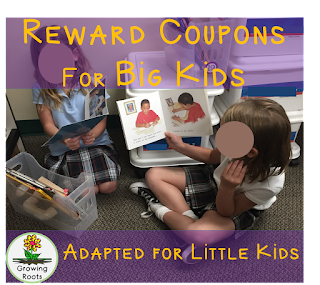Teaching elementary kids to write an opinion paragraph is sort of tricky and supporting an opinion takes time and practice. I started with my kids back in the fall to instill the structure. Although Thanksgiving is long gone, this writing project
The Best Thing on the Thanksgiving Table: Opinion Writing was a great success. It was truly authentic writing and the kids were excited to get started- even my reluctant writers were jazzed to share. I easily met several standards and the skills were taught in context. These pieces got a lot of attention in the hall as well. We have a dedicated writing workshop chunk of time each day so it took us four days to from when I introduced the project to the final drafts hanging in the hall.
Step 1: Get Ideas Flowing. During Morning Meeting we shared a favorite Thanksgiving food and why we liked it so much. I always choose tomato gravy, a sweet, crimson-colored sauce from my childhood. Most kids have never heard of it so it gives me lots of possibilities to model my thinking throughout the project.
Step 2: Model First. how to choose a food and the topic sentence/concluding sentence on a graphic organizer. I modeled tomato gravy knowing no one else would 'take' it and shared the graphic organizer. You can get an opinion organizer
HERE and and opinion writing rubric
HERE for general projects, but a tailored version is also included in
The Best Thing on the Thanksgiving Table. I like to have kids come up with their topic and concluding sentence right after they have selected the food. Introducing an opinion topic sentence needed a bit of work because key is to keep it general. As a group we generated possible topic and concluding sentences I could use on the board. Keep them up. They serve as student inspiration as well. Whenever working on topic/concluding sentences I ALWAYS use the hand-dandy whiteboard manipulatives included in this
BUNDLE. Kids need a resource and they use this one! I put both out both sets for differentiation. Students then return to their seats to write their topic and concluding sentences. My heart sings when a child takes a word from the board, uses it at their seat, then returns it.
Step 3: Finish the Plan. The 'meat' of the writing are reasons supporting the opinion. First, we wrote a list of ideas on WHY a food could be a favorite. I'm sure we include how it tastes and what it looks like, but also take a step further tapping into family traditions or memories they have of the food. Look closely at the example to the left. This little friend, a reluctant writer, did an amazing job. Again, model your plan before letting kids complete their graphic organizer and differentiate as needed. Some may push themselves to write just two reasons while others 'dig deeper' and explaining their ideas more fully.
Step 4: Draft. I project my organizer then demonstrate how I used my plan to write an organized draft. We use plain lined notebook paper and skip lines. For this particular project I used the included Thanksgiving Word Bank to hold kids accountable for spelling. Depending on your grade level we read the list in unison before writing so everyone knows the words.
Step 5: Edit. Self edit. Peer edit. Teacher edit. 'Nuff said. We don't catch every single mistake prior to posting in the hall, however, the process is what is important.
Step 6. Final Draft. I like to have several versions of final draft paper for kids to choose from. Room for illustrations are a great touch.
Here are some other projects that get kids excited about writing!
Halloween Candy Opinion Writing
The Ultimate Birthday Party Description Writing
A Time I Got Hurt Personal Narrative
How to Make My Paper Snowflake
Book Recommendation


















